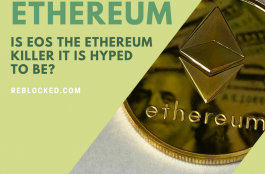Ethereum is the most valuable cryptocurrency next to BitCoin, but the two are fundamentally quite different. While BitCoin functions as a pure virtual currency or store of value, Ethereum is much more. It is an open-ended and decentralized platform that allows people to build Distributed Applications (“DApps”) and Smart Contracts on top of it.
Today, a majority of altcoins and blockchain applications are built on the Ethereum platform. Their intended uses span projects ranging from decentralized data storage to identity verification. If BitCoin was Blockchain 1.0, then Ethereum is Blockchain 2.0.
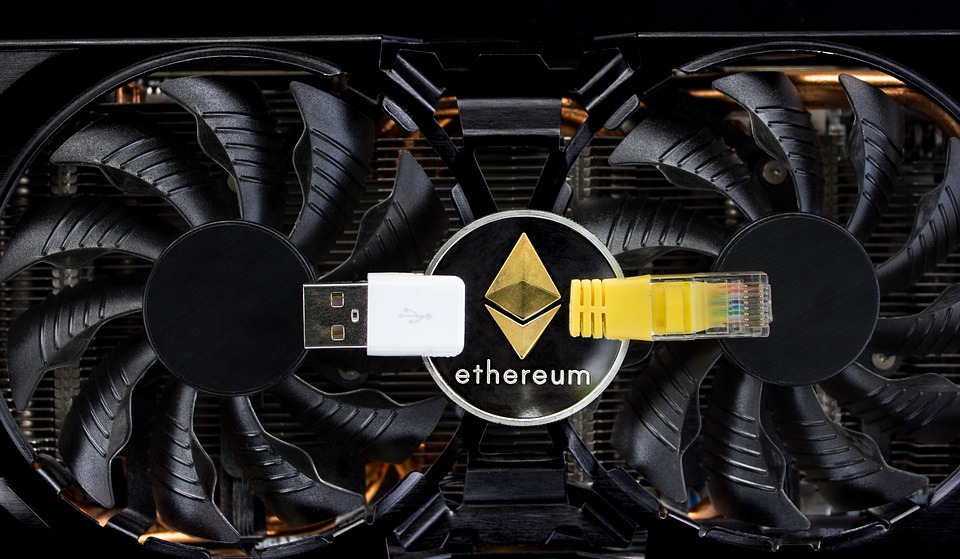
But many people are hard at work developing Blockchain 3.0, and some are saying that EOS is it.
In this article, we will take an in-depth look at the differences between EOS, nicknamed the ‘Ethereum Killer’, and Ethereum. How are the two alike and how are they different? Is EOS an all-round improvement over Ethereum?
At the time of this writing, EOS has a market cap of about $6.62 billion, placing it ninth on the list of largest cryptocurrencies by market capitalization. Ethereum’s market capitalization is about $92.14 billion. Ethereum is far ahead, but EOS is catching up fast; will EOS eventually supplant Ethereum?
We are going to start with the history of both, but feel free to skip around the sections.
History of EOS and Ethereum and the Teams behind Them
Ethereum
Vitalik Buterin, a Russian cryptocurrency researcher and programmer, was a student at the University of Waterloo when he first published Ethereum’s first whitepaper. His initial premise was to introduce a scripting language to BitCoin. After failing to come to an agreement, he instead proposed a new platform – Ethereum.
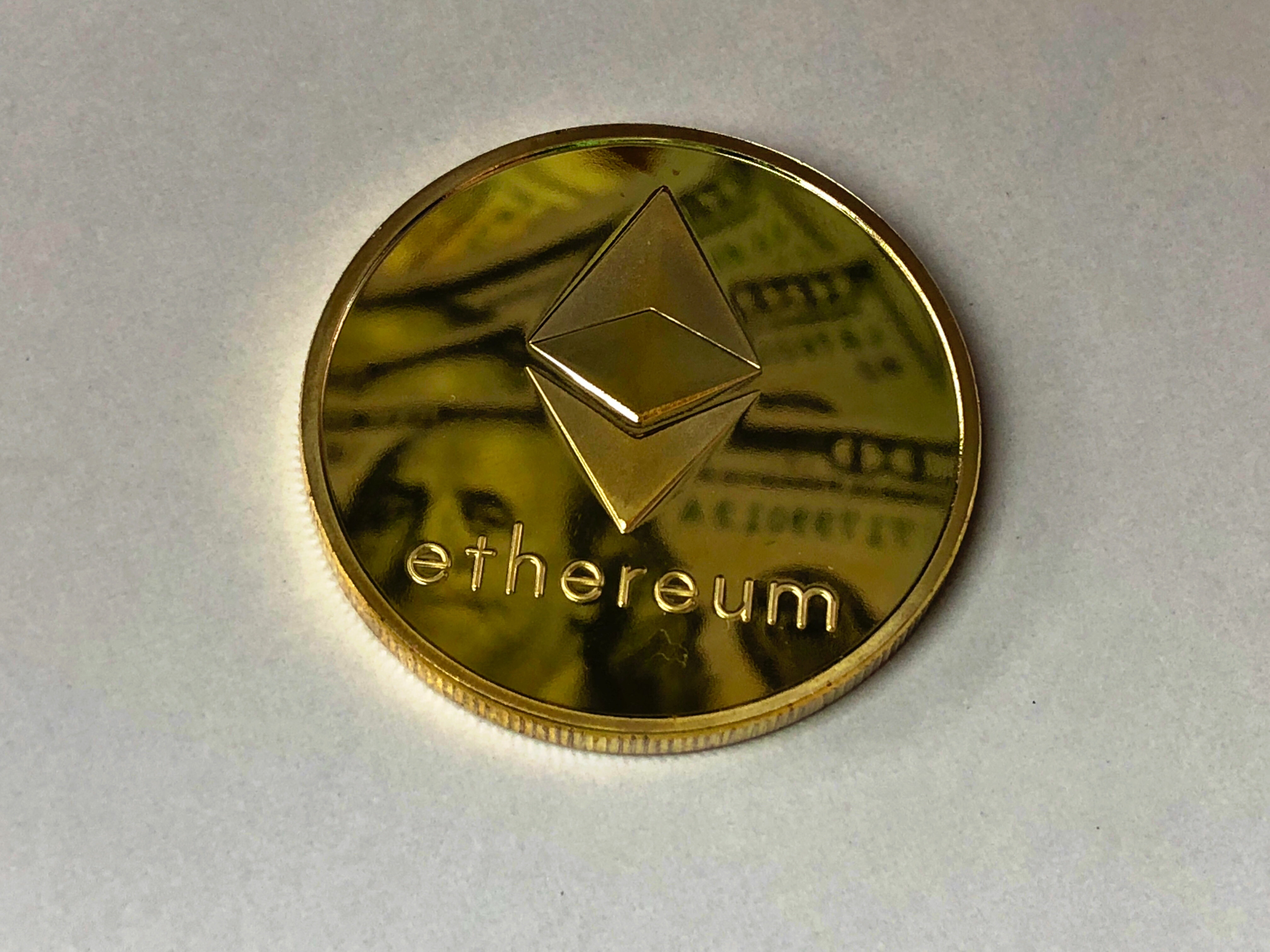
Ethereum’s public crowdsale to fund its development took place between July and August 2014. This was all managed by the Ethereum Foundation, registered as a Swiss non-profit organization. On July 30 2015, the platform went live. However, it was not until its second version, released in March 2016, that it was considered stable. At the time of this writing, Ethereum is in its third version, codenamed ‘Metropolis’.
The DAO Event and the Hard Fork (This Will Be Relevant Later)
This will only be a brief summary of this important event; you can easily find more detailed explanations elsewhere if you’re interested. A one line summary would be “Hackers steal $50 million from The DAO and Ethereum splits in two as a result of the dispute on how to fix those vulnerabilities”.
The DAO was a digital decentralized autonomous organization that raised $150 million in a crowdfunding sale using the Ethereum platform. At that time, it was the largest ICO (initial coin offering or public crowdsale) in history.
That was in April 2016. Two months later, hackers, exploiting vulnerabilities in the DAO’s code, began draining money out of the DAO. In total, 3.6 million ETH (the Ethereum token) was siphoned from the DAO. At today’s market prices, that would be worth over $3 billion, although it was more like $50 million at the time of the hack.
To solve the problem, a hard fork was finally decided upon after a vote. A hard fork is a change to the protocol that makes previously valid blocks invalid or the other way round. It’s a permanent division and rollback in the blockchain. The vote was taken from ETH holders and a majority (~89%) voted for the hard fork.
But not everybody agreed with the hard fork. The main reason is that this particular hard fork violates the ‘immutability’ principle of the blockchain. This is also known as ‘code is law’. In our comparison with NEO, we saw the disadvantages of disallowing forks.
The anti-hard fork camp felt that violating this principle may be a slippery slope that undermines one of the founding principles of blockchain technology itself. Some brought up the bailout of the big banks during the recent financial crisis as an analogy; was the DAO also ‘too big to fail’?
This hard fork was so contentious, that Ethereum Classic, based on the original Ethereum, was formed. And that’s the short version of how Ethereum split in two.
EOS
EOS was the brainchild of Dan Larimer, a big name in the cryptocurrency world. Larimer was behind BitShares, a decentralized exchange, and Steem, a blockchain-based social media platform. He’s also the CTO of Block.one, a blockchain technology developer for business, which is developing the EOS project.
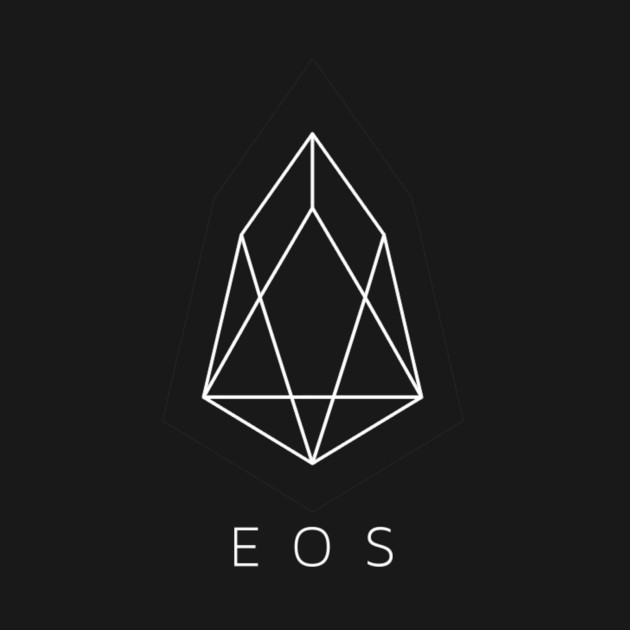
At the time of this writing, EOS is still in the testnet stage. In December 2017, it released its Minimum Viable Test Network, Dawn 2.0. While exact details on the planned launch of the mainnet version has yet to be released, it will likely be sometime in mid-2018.
Scalability: How Do Ethereum and EOS Compare?
Ethereum
One of the biggest challenges facing the current Ethereum platform is scalability. Scalability, or rather the lack of it, is a major barrier holding Ethereum back from more widespread or even mainstream adoption.
At present, the Ethreum platform can process about 20 transactions per second (this number varies according to the source, but 20 is on the high side). Contrast that with say, Facebook, which handles 60 million queries per second… back in 2011! For a smaller example, Visa handles about 50,000 transactions per second.
The reason for this is that in its current version, each node on the blockchain stores all the states and transactions. This is great for security, but limits scalability. Hence, in its present state, Ethereum is unable to effectively scale. It is not uncommon for the Ethereum network to become congested, resulting in longer confirmation times and usability issues.
One prominent example of this was the Status ICO, a decentralized messaging app back in mid-2017. While the ICO raised $60 million worth of ETH, the network became too congested and the Status team became unable to provide the investors with their purchased tokens. Mass chaos ensued. A bit more recently, in January 2018, two crypto exchanges, Bitstamp and KuCoin noted that there would be ETH withdrawal delays due to network congestion
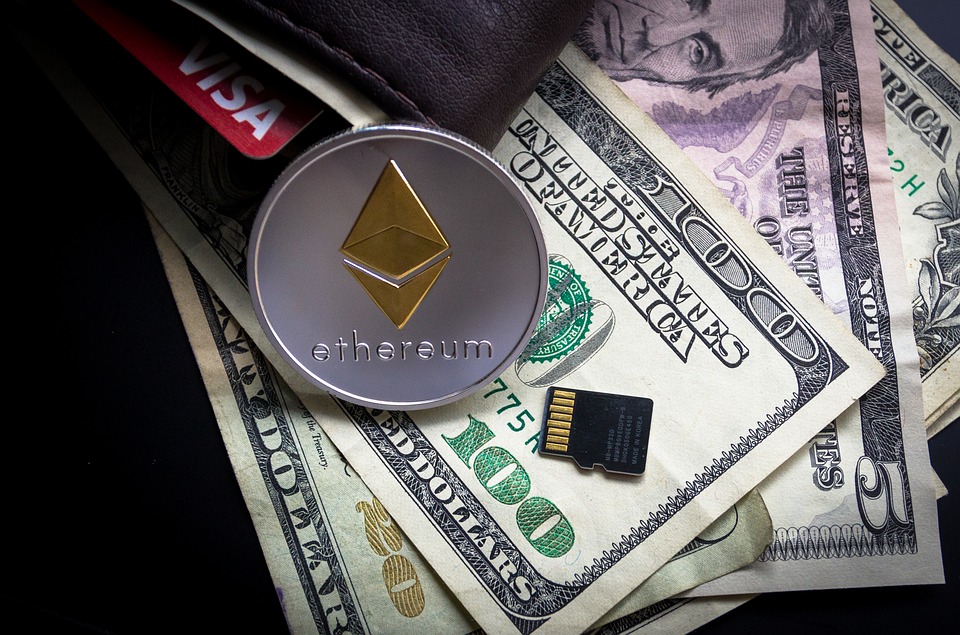
Right now, it still remains to be seen how Ethereum plans to solve its scalability issue. One popular proposed solution is sharding, whereby each node will only store a partial portion, or shard of the total states and transactions. The trade-off with sharding is reduced security.
Another proposed solution is off-chain solutions using state channel technology. In this one, multiple transactions are collated into one final outcome transaction off chain. This final outcome transaction is what the blockchain then records. One blockchain project attempting to implement this for the Ethereum network is Raiden.
Ultimately, how Ethereum moves forward to solve its scalability issues is still unknown. Until it is solved, it will remain a significant, if not the most significant barrier toward Ethereum’s mainstream adoption.
EOS
EOS is not ashamed to emphasize Ethereum’s scalability issues. It claims that Graphene technology, which is currently being run on BitShares and Steem, has been shown during stress tests to run between 10,000 to 100,000 transactions per second.
At present, the highest amount of transactions per second that Graphene blockchain technology has been able to process is about ~3,300 transactions per second. This was on the BitShares platform; however keep in mind that this was on the testnet version.
Nevertheless, in terms of number of daily transactions, Steem has exceeded both BitCoin and Ethereum. According to Blocktivity, Steem has on average about 1.6 million transactions per day, compared to 740,000 for Ethereum and 807,000 for BitCoin.
Further, EOS also claims that through parallelization, this will be able to be scaled to millions of transactions per second. If this is achieved, EOS can support thousands of commercial scale dApps. The next upcoming testnet version of EOS, Dawn 3.0, should demonstrate some parallelization features.
EOS vs. Ethereum
On paper, EOS looks far more scalable compared to Ethereum. Graphene blockchain technology had scalability as a primary objective from inception, and so far it looks very promising. Real time data from networks using Graphene have shown its potential. However, the real-time data shown so far is still much lower compared to the tens of thousands of transactions per second claims.
Ethereum is also far from a ‘completed project’. Everyone is well aware of its scalability issues and developers are hard at work coming up with various solutions to the problem. Ethereum’s founder, Vitalik Buterin, has confidently asserted that Ethereum will be able to match Visa in transaction capacity within a couple years. Going by his statements, this will most likely be achieved via sharding.
Consensus Mechanisms & Governance: Delegated Proof of Stake vs. Proof of Work
For the crypto newbies out there, a consensus mechanism determines how network participants agree on the information recorded on the blockchain. Since it’s decentralized, there is no central authority that can determine the status of this public ledger. Consensus mechanisms are closely related to mining, since successful miners are the ones who get to update this public ledger.
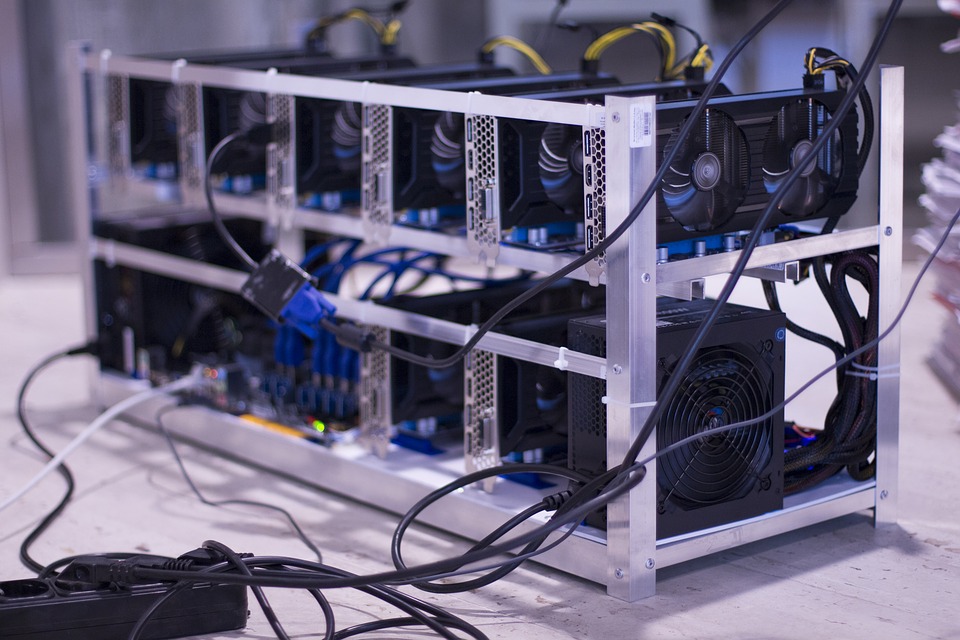
The most common forms of blockchain consensus mechanisms today are Proof of Work, Proof of Stake, Proof of Burn, and Proof of Capacity.
Ethereum
The current consensus mechanism for the Ethereum network is Proof of Work, the most popular (and original) consensus mechanism, also used by BitCoin. In a Proof of Work mechanism, miners race to solve a cryptographic puzzle and the right to update the ledger. They also receive cryptocurrency, in this case ETH.
It takes a lot of computing power to solve such puzzles, with BitCoin mining consuming more power than 19 European countries. In a time where energy consumption and generation is in the spotlight, it seems wrong that a ‘futuristic’ technology would necessitate such a huge and almost pointless use of energy.
This is why Ethereum is moving toward a Proof of Stake system. In such a system, you don’t need a lot of electricity and computing power to be a successful miner. Instead, what happens is that a miner’s power is proportional to the amount of cryptocurrency he or she holds. The higher the amount of ETH you hold, the higher the chances of you successfully adding the next block to the blockchain.
However, transitioning from a Proof of Work to a Proof of Stake consensus mechanism is a major (really major) undertaking. Hence, the Ethereum network will first transition to a hybrid Proof of Work/Proof of Stake system. Tentatively, this will occur in the later part of 2018; the testnet was launched sometime in December 2017.
Eventually, Ethereum will transition to a full Proof of Stake system by making Proof of Work mining too unprofitable. In this new system, miners will have to pay a deposit to participate. If they break the rules, such as by creating an invalid block, they lose said deposit.
For more information, you can check out Ethereum’s Proof of Stake FAQ on GitHub.
EOS
EOS uses a consensus mechanism known as Delegated Proof of Stake. While conceptually similar to a Proof of Stake consensus mechanism, there are a few key differences. A good analogy would be between direct democracy and representative democracy, with Delegated Proof of Stake being the latter.
In a normal Proof of Stake system, every token holder is able to stake; validating transactions and earning fees in return. In a Delegated Proof of Stake system however, each token holder votes for delegates who will run the network. An individual token holder’s voting power is of course proportional to the amount of tokens held. Non-performing or even fraudulent delegates can be voted out of their positions.

EOS also has a legally binding constitution, which all users of its blockchain must abide by. This covers dispute resolution as well applications that benefit the community. To upgrade the protocol, as Ethereum is planning on doing, stakeholders must approve a majority vote to change said constitution.
If this majority approval is maintained for a certain period of time, block producers will then alter the source code. After the source code is updated, any nodes that do not follow the new code will be shut down automatically.
The implication of this is that hard forks will never spawn competing chains such as the aforementioned DAO Hard Fork and the splitting of Ethereum into two. EOS also contains a mechanism for freezing or freezing broken applications (such as the DAO). The claim is that if a major application failure like the DAO happens on EOS, it would have been able to be frozen and fixed without disrupting the other dApps.
EOS vs. Ethereum
While at present Ethereum is still using a Proof of Work consensus mechanism, it will eventually transition into a full Proof of Stake mechanism. This would put EOS and Ethereum on relatively even ground, despite some differences between the two mechanisms.
EOS does seem to have the advantage in terms of how much disruption hard forks can cause. Because of the way nodes that do not follow the protocol upgrade are automatically shut down, the risk of spawning competing chains is negligible. So far, it seems to be working fine on Dan Larimer’s two other projects, Steem and BitShares.
The mechanism that EOS will have for isolating and fixing/updating broken applications is also an advantage. However, because EOS is still in the testnet version and no actual dApps are built upon it yet, this is still untested and unproven.
Network Security: Which is More Vulnerable to Attacks?
EOS vs. Ethereum
On the blockchain, consensus mechanisms and network security are interdependent. This is because the way that a block is validated (determined by the consensus mechanism), also determines how a malicious actor can attack the network.
In crypto terminology, there is something known as a ‘51% attack’. In this sort of attack, a malicious actor who manages to acquire a majority of mining power can take control of the network. For this to work in a Proof of Work consensus, the attacker will have to control a majority of computational and hash power. While this is unlikely, it is not technically implausible. China already has the world’s highest concentration of cryptocurrency mines.

To execute a similar attack in a Proof of Stake system, the attacker will have to control a majority of all the tokens in circulation. While this is also not technically implausible, it would, in theory, be much more noticeable. For now, a perfect solution doesn’t exist.
As mentioned above, while Ethereum and EOS currently use two very different consensus mechanisms, in the future they will both be using a Proof of Stake system. And although their Proof of Stake mechanisms are not exactly similar, their strengths and vulnerabilities are about the same.
However, assuming that Ethereum still remains substantially larger than EOS by the time it switches to a full Proof of Stake mechanism, it would be much harder to attack. This is simply because it would be harder to control a majority of ETH tokens in circulation.
At the moment, it is hard to say which is more secure. The DAO hack was a huge negative event, but the exploited vulnerability had nothing to do with Ethereum, it was all the DAO. And again, Ethereum has been around for a few years now, whereas EOS has still yet to be officially launched.
Network Fees: Which Costs More to Use?
Ethereum
The fees to use the Ethereum network are called gas. To do anything on the network requires paying gas, the price of which can vary depending on complexity of the smart contract. For instance, a simple transfer will require much less gas compared to a complex smart contract.
Gas prices influence how fast your transaction is processed because miners will give priority to transactions with the highest gas prices. All gas prices on the Ethereum platform, regardless of whatever cryptocurrencies are built on it, are paid in ETH.

The gas model does have its weaknesses. In times of high network congestion, like the previously mentioned Status ICO in 2017, gas prices shot up through the roof. This made even simple transactions prohibitively expensive to execute. The developers of dApps on the Ethereum network will also have to continuously pay gas fees throughout the entire lifecycle of their applications.
EOS
EOS has an interesting take on network fees; it charges none whatsoever. Instead, each user will have access to processing power, storage, and bandwidth proportional to the amount of staked EOS. This keeps it consistent with the Proof of Stake consensus philosophy.
This translates to reliability and predictability. With a relatively small upfront investment, small developers will be able to get sufficient computing power and bandwidth to run their applications. Other than this upfront investment, there will be no other costs for using the network.
EOS vs. Ethereum
The difference between Ethereum and EOS when it comes to network fees can be thought of as renting versus owning. Developers are essentially renting the Ethereum network’s power, and the rental fees are payable in each transaction in the form of gas. It’s just a lot more volatile; there are no leases, and you never know when your landlord might raise the rent.
In contrast, using EOS is like owning a property. Developers make an upfront payment and get to use that piece of land (computing power, bandwidth, and storage) indefinitely.
Both have their own strengths and weaknesses. On Ethereum, since miners will always choose to process high fee transactions first, rich actors can potentially shut out other developers through setting higher gas amounts. However, even on EOS, there is a chance that the upfront cost to developers may still be too high to get an effective portion of the network’s capacity.
Which model is better; owning or renting? Just like the debate in the property market has never been (and will probably never be) settled, this may very well be the case for EOS and Ethereum. Some developers may prefer the renting model while others may prefer the ownership model. As it is with the property debate, the best answer is to take things on a case-by-case basis.
The Money Question: How Much Money Is Behind Ethereum and EOS?
In the introduction to this post, the market capitalizations of both Ethereum and EOS were mentioned. Right now, Ethereum’s market capitalization is about 15 times that of EOS. But that’s not the money we are referring to here. We’re talking about corporate money.

Ethereum has the Ethereum Enterprise Alliance, which connects businesses, including major corporations, with the Ethereum community. It currently has 116 members, including names such as Accenture, Cisco, Credit Suisse, Deloitte, JP Morgan, Pfizer, Microsoft, and UBS. Another recent project is the Ethereum Community Fund, the result of six blockchain startups banding together to create a $100+ million fund to support promising projects on the Ethereum network.
As for EOS, the developer, block.one has managed to amass some serious financial firepower behind the project. In October 2017, the CEO of block.one, Brendan Blumer, announced that there would be $1 billion in capital to fund EOS projects.
In January 2018, he made two further announcements. The first is that block.one had partnered with Tomorrow Blockchain Opportunities to create a fund to invest in EOS-related opportunities. The initial seed amount of the fund is $50 million. The second is that block.one and Galaxy Digital LP, a full service, digital assets merchants bank are entering a joint venture to create a $325 million fund for the EOS ecosystem. While the promised billion dollars have yet to be fully accounted for, so far it looks like block.one will indeed deliver on its promises.
The EOS ICO: $700 million raised for a token with no rights or functions
EOS is also raising money via an ICO, although some people have questioned the ICO’s setup. First, the ICO is scheduled to last almost a year; 341 days to be exact, from June 26, 2017 to June 1, 2018. This was done to supposedly so more people would have more time to participate.
Second, as stated in its official FAQ, “The EOS Tokens do not have any rights, uses, purpose, attributes, functionalities or features, express or implied, including, without limitation, any uses, purpose, attributes, functionalities or features on the EOS Platform.” This is because block.one is not actually launching the EOS platform, only developing it. It has stated that “Any launch of an EOS Platform will occur by members of the community unrelated to block.one.”

This does not seem to have impacted the ICO’s success. Within five days, it raised $185 million. As of this writing, that figure has now surpassed $700 million, and there’s still three months left to go. At this point, EOS might well be the first (or second, after Telegram) billion dollar ICO. That being said, some speculate that the ‘no rights, no functions’ part of the EOS token is only to avoid regulatory scrutiny, which is why investors are still eager to invest in the ICO.
The EOS tokens themselves have performed well, increasing in value by about 900% since the start of the ICO in June 2017. No doubt this strong performance will only further benefit EOS’ fundraising efforts.
Can EOS catch up to Ethereum?
There is no denying that there is a lot of hype behind EOS. And to be fair, the key concepts behind it are sound, and it will very likely be a significant player in the cryptocurrency space. If EOS delivers on its promises of tens of thousands to millions of transactions per second on the network, this would be a clear step up over Ethereum.
But to call EOS the ‘Ethereum killer’ is highly premature. Developers are, or rather will be, the blood of the platform. While EOS has a good start with lots of money behind it, Ethereum has the first mover advantage with over a thousand dApps already built on the platform. With EOS not even having launched its mainnet version yet, despite all the hype, it still ultimately remains an untested platform. Only time will tell whether it can deliver.
The question of EOS versus Ethereum is also not a binary one. EOS’ success does not necessarily mean Ethereum’s failure. Particularly with the different models each is using in terms of network fees, some developers might simply prefer one over the other. There is room for both platforms to succeed in the current cryptocurrency space, which is still in the early stage.
No matter what happens, the ‘feud’ between supporters of these two platforms will likely continue, especially considering the intellectual beef between Vitalik Buterin and Dan Larimer. Once EOS officially launches, expect the debate to only intensify.
